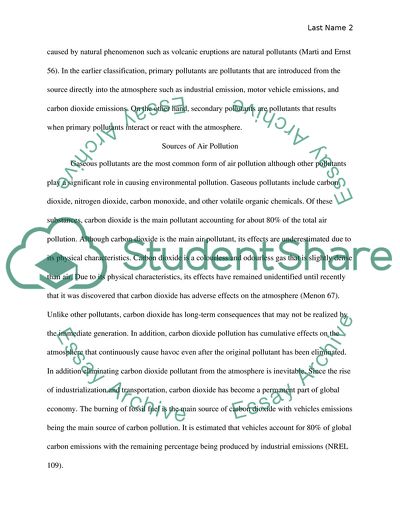Cite this document
(Air Pollution Research Paper Example | Topics and Well Written Essays - 2000 words, n.d.)
Air Pollution Research Paper Example | Topics and Well Written Essays - 2000 words. Retrieved from https://studentshare.org/environmental-studies/1774914-enviromental-science-air-pollution
Air Pollution Research Paper Example | Topics and Well Written Essays - 2000 words. Retrieved from https://studentshare.org/environmental-studies/1774914-enviromental-science-air-pollution
(Air Pollution Research Paper Example | Topics and Well Written Essays - 2000 Words)
Air Pollution Research Paper Example | Topics and Well Written Essays - 2000 Words. https://studentshare.org/environmental-studies/1774914-enviromental-science-air-pollution.
Air Pollution Research Paper Example | Topics and Well Written Essays - 2000 Words. https://studentshare.org/environmental-studies/1774914-enviromental-science-air-pollution.
“Air Pollution Research Paper Example | Topics and Well Written Essays - 2000 Words”, n.d. https://studentshare.org/environmental-studies/1774914-enviromental-science-air-pollution.


